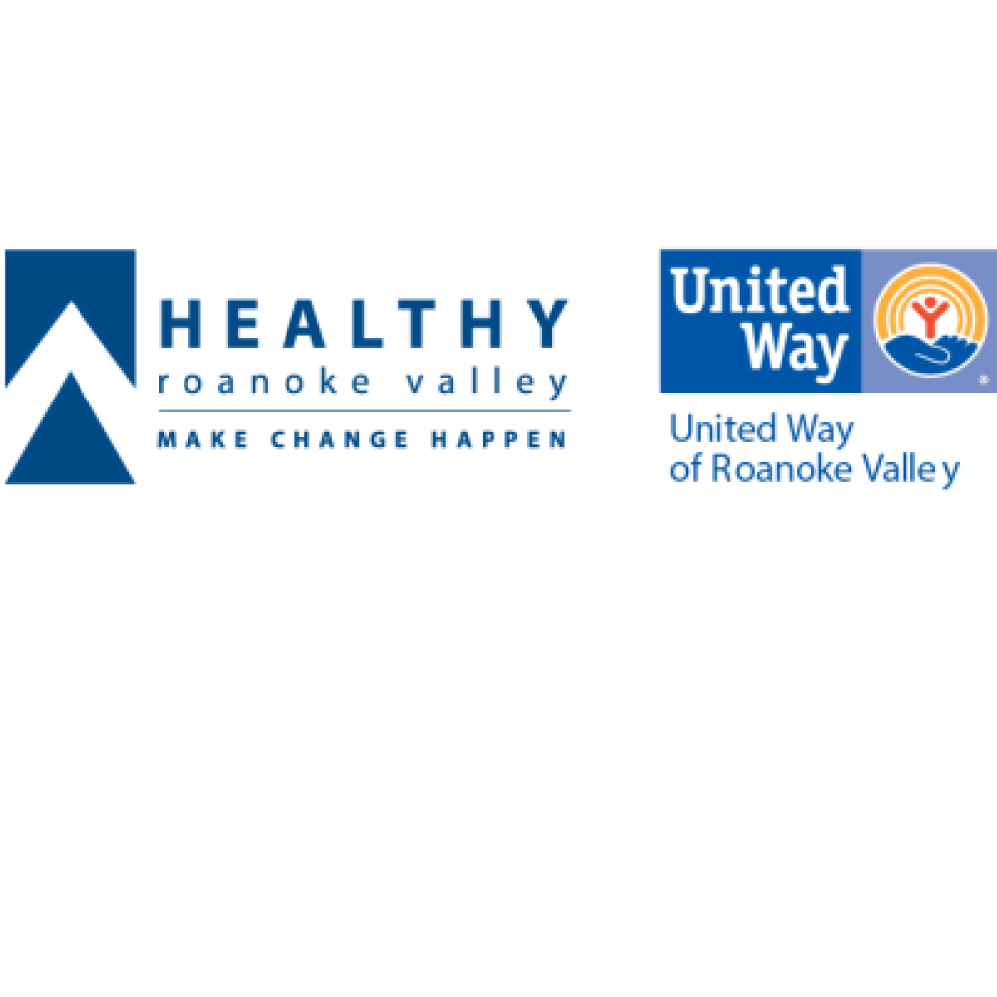
Healthy Roanoke Valley, led by the United Way of Roanoke Valley (UWRV), is a partnership that engages community leaders and stakeholders to support underserved and vulnerable populations who are disproportionally impacted by social determinants of health (SDoH). COVID-19 is putting an additional strain on these populations and the partnership is responding by coordinating action with local partners to meet residents’ needs.
At the outset of the pandemic, UWRV convened a task force focusing on assistance with regional concerns including health care and personal protective equipment (PPE), food access, childcare, housing and utilities, employment, financial literacy and accessing bank accounts. While these issues remain, Pat Young, Director of Family Health Strategies for the UWRV, says new challenges are emerging and they may have long-term impacts.
“We are seeing a higher need for resources to address mental health,” Young said. “There are also day-to-day struggles on the rise such as the need for affordable housing because of higher unemployment rates from businesses closing and jobs being furloughed.”
This shift in needs propelled Healthy Roanoke Valley’s mental health and wellness action teams to develop a public awareness campaign addressing the behavioral health and social impact of COVID 19 on the population. The campaign highlights how residents can help themselves and others by connecting them with tools and resources to address these issues.
The partnership is also continuing to address SDoH that may factor into the daily struggles of some residents. According to the Centers for Disease Control and Prevention (CDC), SDoH, which include where people live, learn, work and play, can affect health risks and outcomes. Young said Healthy Roanoke Valley and UWRV are working closely with hospitals, free clinics, and Federally Qualified Health Centers to link patients to community health workers who can connect them to immediate-need services. They also are partnering with area health departments, extension services, food pantries and farmer’s markets that provide additional outreach and education.
In the early stages of the pandemic, the greatest need in the region was food access, both in-home and delivery. Many food banks and pantries lost volunteers who are at higher risk for health-related complications if they contract the virus. The United Way countered with weekly community response calls enabling them to coordinate a rapid response to food access needs.
“It’s been a beautiful experience to see our community rally,” Young said. “While we all have our own organizational missions, in a time of crisis like this, we rolled up our sleeves and worked together to meet everyone’s needs.”
